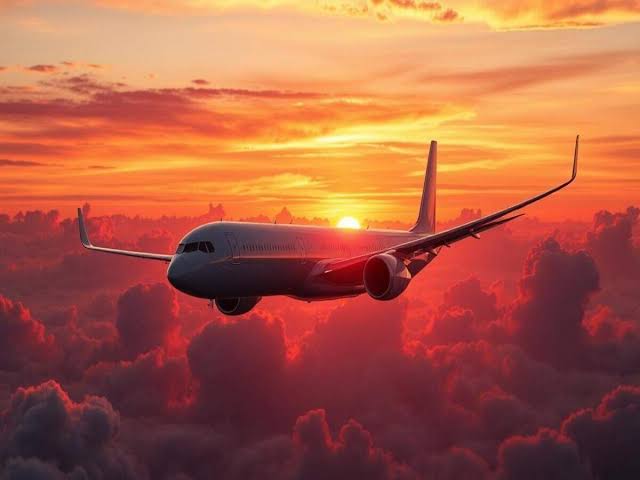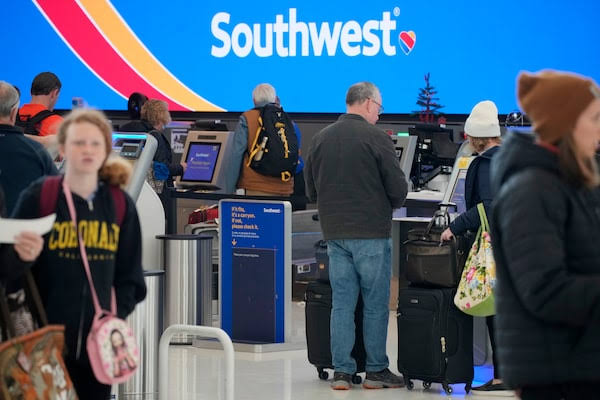Lufthansa flight’s copilot falls unconscious, leaving pilot locked out of cockpit — Here’s what happened
On a routine flight from Frankfurt to Seville earlier this year, passengers aboard Lufthansa Flight LH1525 were unaware they were flying for nearly ten minutes with no pilot actively controlling the plane. According to a newly released report by Spain’s Civil Aviation Accident and Incident Investigation Commission (CIAIAC), the copilot fell unconscious while the captain was outside the cockpit. The captain then found himself locked out, leaving the aircraft on autopilot and unsupervised — a chilling scenario that could have spiraled into catastrophe.
The incident occurred on February 17, 2024, aboard an Airbus A321 carrying 199 passengers and six crew members. Everything was proceeding normally as the aircraft cruised at 37,000 feet over Spanish airspace. Around 30 minutes before its scheduled landing in Seville, the captain temporarily left the cockpit, most likely to use the restroom. Under standard procedures, the copilot maintained control during such moments, with the aircraft’s autopilot engaged.
What followed next is what investigators describe as a “critical lapse in cockpit redundancy.” Within minutes of the captain’s departure, the 28-year-old copilot suffered a sudden medical emergency. Cabin crew would later describe him as pale, sweating, and unresponsive. He had likely experienced a seizure, later attributed to an undiagnosed neurological condition.
Meanwhile, the captain, having completed his brief absence, attempted to return — only to find the reinforced cockpit door locked. Following post-9/11 security protocols, modern cockpit doors are bulletproof and can only be accessed using a keypad. When the correct emergency code is entered, the door should unlock unless someone inside manually overrides it or if the system misinterprets the activity as a hijack attempt.
The captain attempted to enter the override code several times. The door remained sealed.
“It appears the access denial was triggered automatically,” the report notes. “The system likely interpreted multiple keypad attempts as unauthorized and activated lockdown mode.”
For roughly 10 minutes, the A321 flew with no conscious pilot at the controls. Although the autopilot maintained cruising altitude and flight path, aviation experts stress that the absence of a functional cockpit crew presents significant risks in the event of turbulence, system failure, or an unexpected course deviation.
Fortunately, the copilot eventually began regaining consciousness. In what investigators call a “limited but timely recovery,” he managed to unlatch the door moments before the emergency lockout timer expired. The captain rushed in, immediately took control, and declared a medical emergency. The aircraft was diverted to Madrid-Barajas Airport, where it landed safely. Emergency services transported the copilot to a local hospital.
Medical staff later confirmed the copilot had suffered an acute seizure. Lufthansa, citing privacy policies, has not disclosed further health details but stated the copilot is on medical leave and undergoing evaluation.
The Spanish CIAIAC launched a full investigation into the unusual sequence of events. Their report, released in May 2025, outlines both the successes and shortcomings of current safety systems:
1. Medical Oversight
Although commercial pilots undergo regular health checks, the report underscores a need for more thorough neurological screenings. The copilot reportedly had no prior history of medical issues, and his sudden incapacitation was unpredictable.
2. Cockpit Security vs. Accessibility
The cockpit door’s security system worked precisely as designed: it prevented unauthorized access. But it also prevented the only conscious, qualified pilot from entering during a crisis.
“Aircraft security systems must evolve to distinguish between malicious threats and medical emergencies,” the report stated.
3. Autopilot Reliance
The autopilot system performed admirably during the unsupervised 10 minutes. Still, the incident reminds us that human pilots remain indispensable, especially for handling edge cases or failures.
In response, Lufthansa has announced a review of cockpit protocol and is working with Airbus to explore updates to cockpit access logic. Meanwhile, European aviation regulators are urging airlines to evaluate the feasibility of requiring two flight crew members in the cockpit at all times — a rule temporarily enacted after the 2015 Germanwings disaster, where a copilot intentionally locked out the captain and crashed the plane.
Flight safety analyst Maria D’Angelo told Aviation Today, “This case shows that a well-meaning safety design can have unintended consequences. Security should never compromise survivability.”
As commercial aviation increasingly embraces automation, the Lufthansa incident illustrates that systems must evolve with the complexity of real-world scenarios. Although passengers aboard LH1525 likely never realized the danger, the event was a close call — and a wake-up call.





